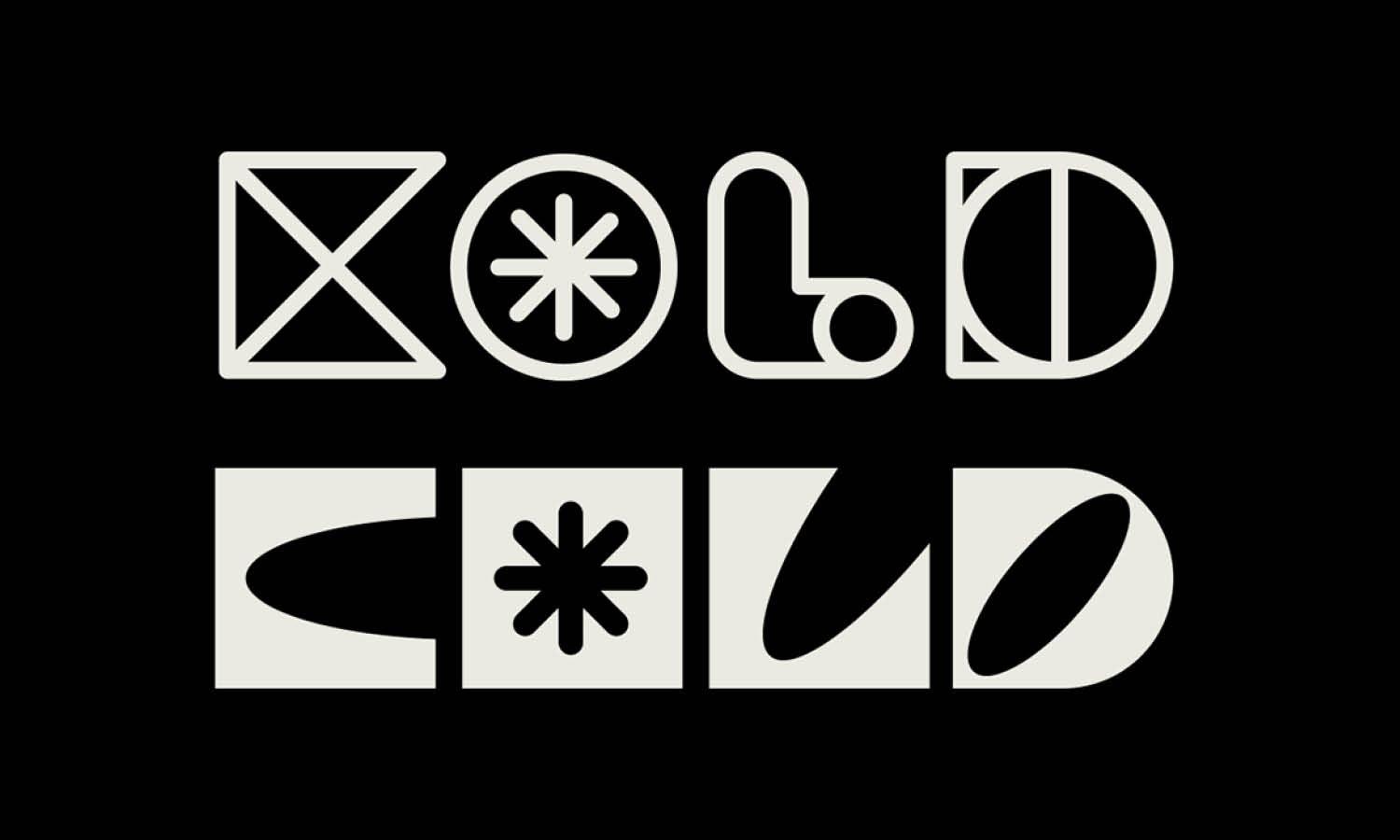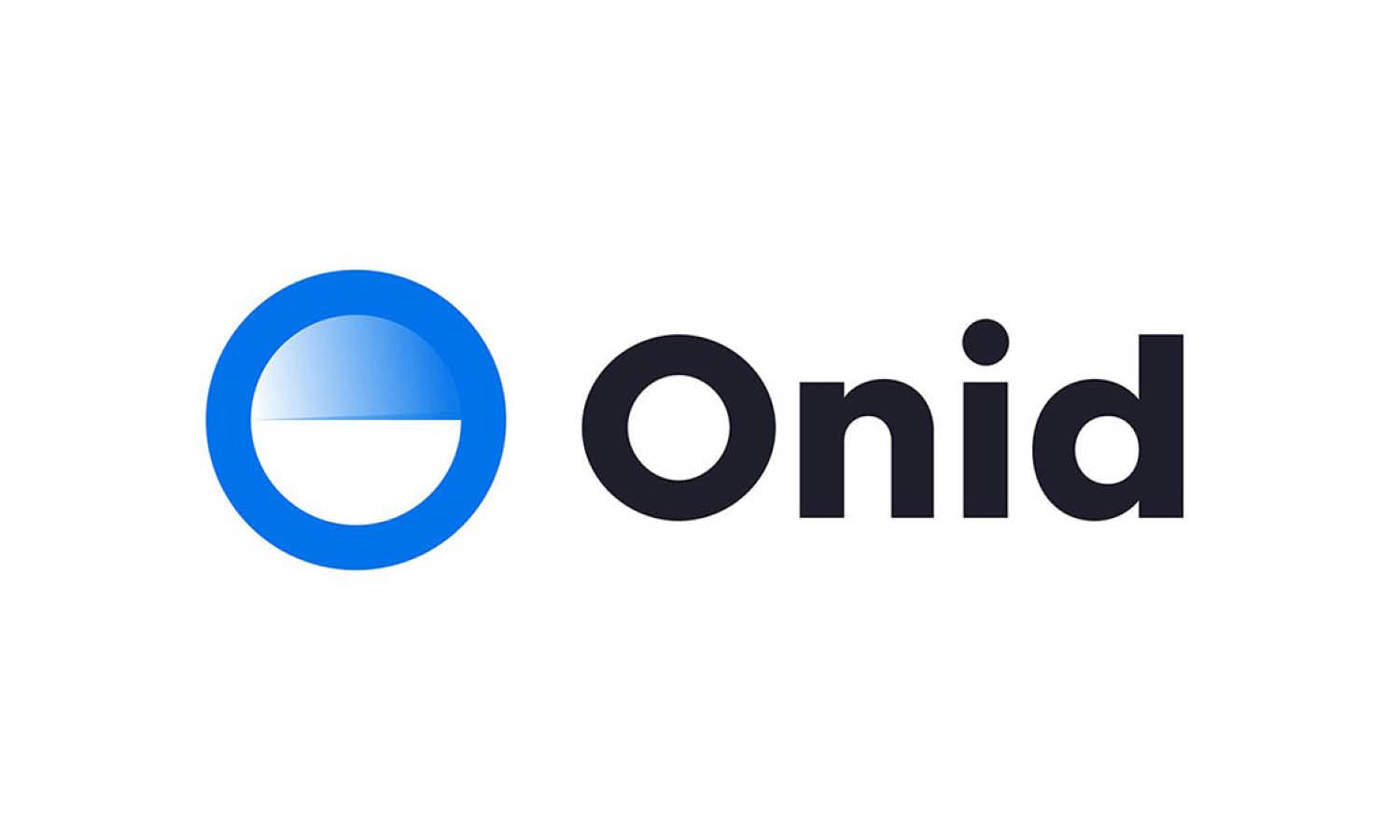How To Create Relevancy In Logo Design

Creating a logo that resonates with both the brand and its audience requires a deep understanding of relevancy. This concept extends beyond mere aesthetics to encapsulate the essence of the brand, its mission, and how it wishes to be perceived in a competitive market. A relevant logo serves as a powerful touchpoint that communicates the brand’s identity and values at a glance, making it a crucial aspect of any company’s marketing strategy.
In the realm of logo design, relevancy is achieved by aligning the design elements with the brand’s core attributes and the expectations of its target audience. This alignment helps in forging a strong connection that can elevate a brand's visibility and market position. Whether refreshing an old logo or creating a new one, designers must navigate through various design principles and market research to ensure the end product not only captures the essence of the brand but also appeals to its demographic. This article will explore key strategies to infuse relevancy into your logo designs, ensuring they are timeless, memorable, and above all, effective in their purpose.
Understand the Brand Identity
A logo is not just a mark; it's a reflection of a brand's identity, encapsulating its essence in a visual format. Understanding the brand identity is paramount in creating a logo that is not only visually appealing but also relevant. This process begins with in-depth discussions with the brand stakeholders to extract core values, mission statements, and long-term visions. A designer must immerse themselves into the brand's world, considering the emotions and messages that the brand intends to convey.
Next, analyze the brand's unique selling propositions and how they differentiate from competitors. This differentiation helps in creating a logo that stands out while staying true to what the brand stands for. It’s also crucial to understand the brand’s audience: their preferences, demographics, and psychographics. A logo must resonate with this audience, as it acts as the first point of contact between the brand and its potential customers.
By synthesizing this information, a designer can create a logo that not only tells a story but also embeds itself in the consciousness of its viewers, thereby enhancing its relevancy within the target market. This relevance is what ensures that the logo goes beyond mere decoration and becomes a crucial part of the brand’s communication strategy.
Research the Industry
To ensure the relevancy of a logo design, it is essential to conduct comprehensive industry research. This involves analyzing current trends, understanding industry standards, and observing what leading competitors are doing. Such research helps in pinpointing what resonates with consumers and identifying gaps that can be exploited to create a distinctive and relevant logo.
Start by gathering data on industry-specific color schemes, typefaces, and iconography. This information provides a framework that ensures the logo aligns with industry norms while also having the flexibility to be distinctive. For instance, a tech company might lean towards sleek, modern designs that reflect innovation, whereas a restaurant might opt for warmer, more inviting designs.
Additionally, studying competitors’ logos can provide insights into what elements are overused and what opportunities there are to stand out. Pay attention to how these logos evolve over time, as this can indicate shifting trends and consumer preferences within the industry.
Incorporate Brand Colors
Choosing the right colors for a logo is pivotal in conveying the brand’s personality and ensuring its relevance in the market. Color psychology plays a critical role in logo design as different colors evoke different emotions and associations. For instance, blue often denotes reliability and professionalism, making it a popular choice in the finance and healthcare industries, while green is associated with health and tranquility, ideal for wellness brands.
To incorporate brand colors effectively, first understand the message the brand wants to communicate. The color choice should reinforce this message. For instance, if a brand aims to appear luxurious and high-end, black or gold might be suitable choices. It's also essential to consider cultural connotations of colors as these can vary significantly across different regions and audiences.
Moreover, the colors chosen must stand out in all forms of media where the logo will be used, from digital displays to print. They should be adaptable to both full color and black and white formats, ensuring the logo remains effective and recognizable even in limited color scenarios.
Lastly, consider the longevity of the color choices. While it’s tempting to follow current trends, timeless colors ensure the logo remains relevant across many years. Balancing trendy with timeless in the color palette can make a logo feel fresh yet enduring, enhancing its relevance in a dynamic market.

Choose the Right Typography
Typography in logo design is not merely about choosing an attractive font; it's about making strategic choices that enhance brand identity and improve legibility across various applications. The right typeface can significantly influence how the audience perceives a brand, making it a crucial factor in creating a relevant logo.
When selecting typography for a logo, consider the brand's character and the message it aims to convey. A tech company might opt for a clean, sans-serif font to communicate modernity and innovation, whereas a traditional law firm might choose a serif font to suggest trustworthiness and professionalism.
It’s also important to consider how the typeface will look on different platforms and scales, from large billboards to small mobile screens. The chosen font should be versatile and legible at any size, ensuring the logo's effectiveness in all contexts.
In addition to aesthetics, the uniqueness of the typography can set a logo apart from competitors. Custom typefaces are an excellent way to ensure exclusivity and prevent potential copyright issues, which are critical for maintaining the logo's integrity and relevance.
Memorability
A memorable logo is vital for brand recognition and longevity, enhancing its relevancy in a saturated market. To achieve memorability, a logo should be simple yet distinctive, capturing the essence of the brand in a way that sticks in the audience's mind. This involves a clever use of design elements that are easy to recall and recognize.
The key to creating a memorable logo lies in its simplicity. Complex designs can be difficult to remember and may not scale well across different mediums. A simple logo, on the other hand, can be quickly registered by the brain and easily associated with the brand it represents. This simplicity should not compromise the logo's uniqueness; it should distinguish the brand from its competitors while still being straightforward.
Another factor contributing to a logo's memorability is the use of symbolic elements that are relevant to the brand’s identity. Symbols help convey the brand's story and values at a glance, making the logo not only recognizable but also meaningful.
Furthermore, the emotional impact of a logo enhances its memorability. Designs that evoke emotions can make a more significant impact on the audience, fostering a stronger connection between the brand and its consumers.
Adaptability Across Media
Adaptability is crucial for maintaining a logo’s relevance across various media platforms. A well-designed logo must be versatile, ensuring it looks equally compelling on digital screens, printed materials, and large-scale advertising like billboards or vehicle wraps.
To achieve this adaptability, a logo should be designed in a vector format to ensure it can be scaled to any size without losing quality. This scalability prevents the logo from becoming pixelated or distorted, maintaining its integrity across different applications.
It is also important to consider how the logo will appear in different contexts. A logo should be effective in color as well as in black and white. This dual adaptability is essential for scenarios where color printing is not feasible or when the logo needs to be used in media that only support monochrome formats, such as certain forms of advertising, product engraving, or when used in sponsor logos.
Additionally, the design should maintain its identity when adapted to various formats. For instance, a logo may need to be simplified or modified slightly when used in small sizes or specific applications without losing its essence. This might include having a version of the logo that omits fine details that are only visible in larger formats.
Ensuring that a logo maintains its visual impact and clarity across all possible mediums and scales is vital for a brand's consistent visibility. A well-adapted logo solidifies brand presence and enhances its relevance, regardless of where or how it is displayed.
Reflect Current Times
A relevant logo design captures the essence of the times without sacrificing the brand’s timeless qualities. This involves integrating contemporary design trends that resonate with today’s audience while ensuring that the logo remains adaptable for the future. Reflecting current times can mean adopting modern aesthetics such as minimalism, flat design, or responsive design elements that work seamlessly across various digital and physical platforms.
It is essential for designers to stay updated with the latest design trends and consumer preferences. This doesn't mean following every trend blindly, but rather selecting those that align well with the brand’s identity and message. For instance, a tech company might incorporate a sleek, geometric design to convey innovation and precision, reflecting modernity.
However, the challenge lies in balancing modern elements with the need for the logo to stand the test of time. The key is to use contemporary touches subtly so that the design remains relevant and fresh without becoming quickly dated as trends evolve.

Use of Symbols and Icons
Symbols and icons are powerful tools in logo design, serving as visual shorthand to convey complex ideas quickly and effectively. When used properly, they can significantly enhance the relevancy and recognizability of a logo. Choosing the right symbols involves understanding the brand’s core values and the message it wants to communicate to its audience.
The use of symbols and icons must be intuitive; they should be easily recognizable and culturally appropriate for the target audience. For instance, a dove may symbolize peace, making it a suitable icon for organizations related to peacekeeping or humanitarian efforts. Similarly, a mountain can represent stability and endurance, ideal for brands related to outdoor activities or financial services.
Designers should also consider the scalability and versatility of symbols. The icons should be distinct and legible at various sizes and adaptable to different media formats without losing their essence. This ensures that the logo remains functional and effective across all branding touchpoints.
Moreover, the uniqueness of the symbols and icons is crucial. They should stand out in the crowded market and not be easily confused with those of other brands. Custom-designed symbols can offer exclusivity and help establish a unique visual identity, reinforcing the logo’s relevance and impact in the market.
Consistency in Branding
Consistency is a cornerstone of effective branding, and the logo is at the heart of this consistency. A consistent logo reinforces brand recognition, builds trust, and ensures that the branding message is clear and memorable across all touchpoints. For a logo to enhance brand consistency, it must be integrated seamlessly into every aspect of the company’s marketing and communications.
The use of a logo goes beyond just the company's website or storefront. It should appear on all marketing materials, from business cards and brochures to digital ads and packaging. This repeated exposure helps solidify the brand identity in the minds of consumers, making it more likely for them to remember and choose the brand in the future.
Moreover, the logo’s design elements—colors, shapes, and typography—should be consistent with the overall brand style guide. This guide serves as a roadmap for all branding efforts, ensuring that any material produced aligns with the brand’s core values and aesthetic. Maintaining this consistency ensures that the brand is instantly recognizable, fostering a sense of reliability and professionalism.
Legal Clearance
Legal clearance is a critical step in the logo design process to ensure that a logo is not only unique but also legally safe to use. Before finalizing a logo, it is essential to conduct a thorough trademark search to avoid potential legal conflicts with existing logos that may be similar.
The process involves checking the proposed logo against registered trademarks in relevant classes of goods and services. This can be done through national and international databases, such as the United States Patent and Trademark Office (USPTO) or the World Intellectual Property Organization (WIPO). These searches help determine if the logo or elements of it are already in use, thereby preventing legal disputes that could arise from trademark infringement.
Securing legal clearance not only protects the company from costly litigation but also ensures that the logo can be safely used in all markets the brand intends to enter. Once cleared, it is advisable to proceed with registering the logo as a trademark. This registration provides legal protection, ensuring that the brand has exclusive rights to use the logo in the designated classes of goods or services.
Ensuring legal clearance for a logo design enhances its relevance by safeguarding the brand’s identity and its investments in marketing and brand development. This step is crucial for maintaining the integrity and exclusivity of the logo, contributing significantly to the brand’s long-term success.
Conclusion
Creating a relevant logo design that stands the test of time involves a thoughtful integration of brand identity, industry awareness, and contemporary trends. By emphasizing elements like simplicity, memorability, and adaptability, designers can craft logos that not only capture the essence of a brand but also appeal to its target audience effectively. Additionally, ensuring consistency and securing legal clearance are crucial steps in protecting and reinforcing the logo’s presence in the market. Ultimately, a well-designed logo is a vital asset that enhances brand recognition and fosters a deep connection with consumers, driving the brand’s success in a competitive landscape.
Let Us Know What You Think!
Every information you read here are written and curated by Kreafolk's team, carefully pieced together with our creative community in mind. Did you enjoy our contents? Leave a comment below and share your thoughts. Cheers to more creative articles and inspirations!
















Leave a Comment